Welcome to Section View, a newsletter for curious engineers and hardware people. Brought to you with ❤️ by the Five Flute team.
We’ve had a lot of newsletter signups in the last month, so I just want to say hi and thank you to all the new readers!
Onshape + Five Flute
Dear reader, if you are an OnShape user I would love to talk with you! We’re developing an integration to bring the design and drawing review capabilities of Five Flute to OnShape users. If you book a meeting with me and talk me through your design review process, I’ll send you a 6” mitutoyo machinist ruler!
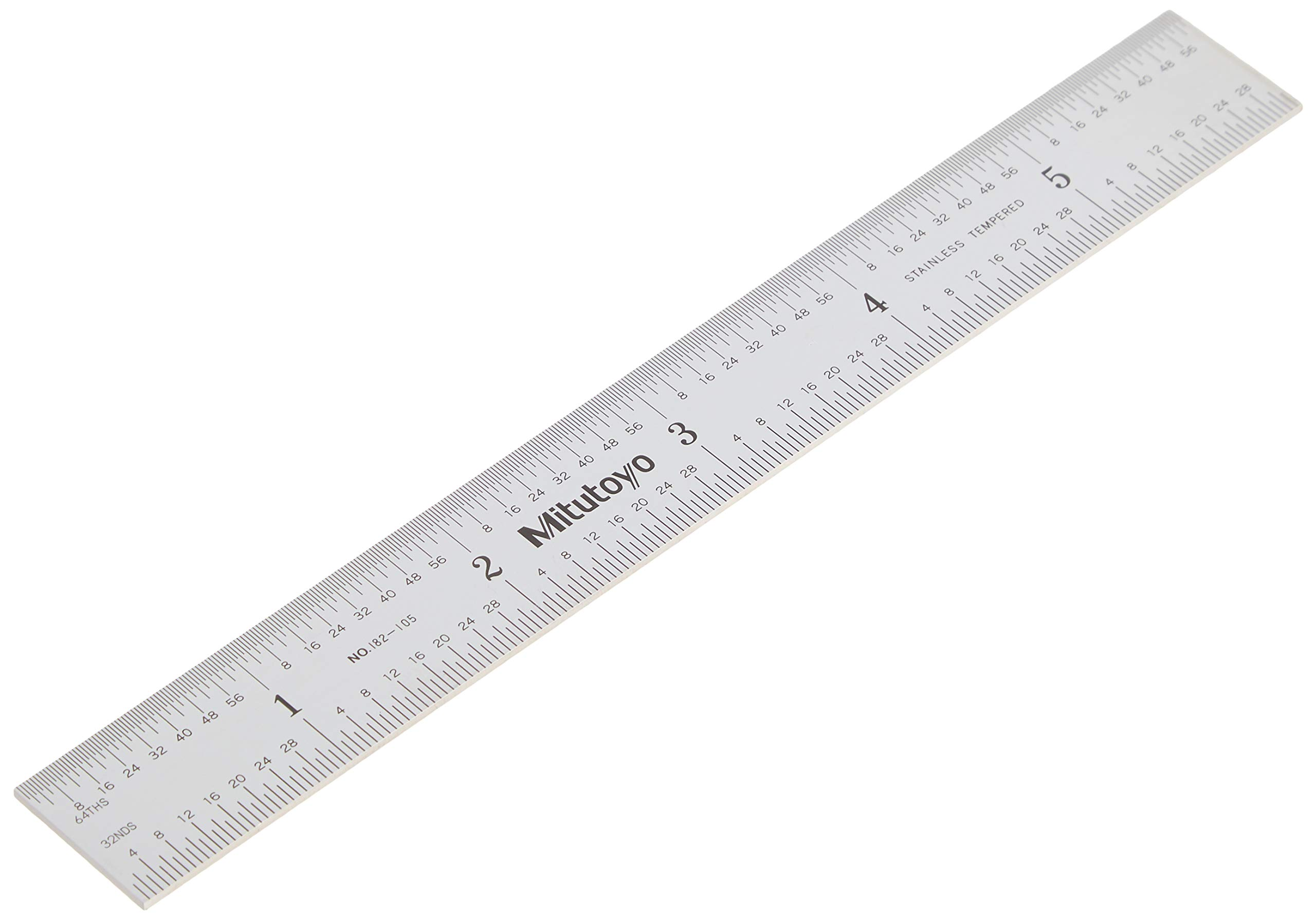
Manufacturing Spotlight
Drop forged tailor’s shears
It turns out the humble pair of scissors is quite a tricky product to manufacture!
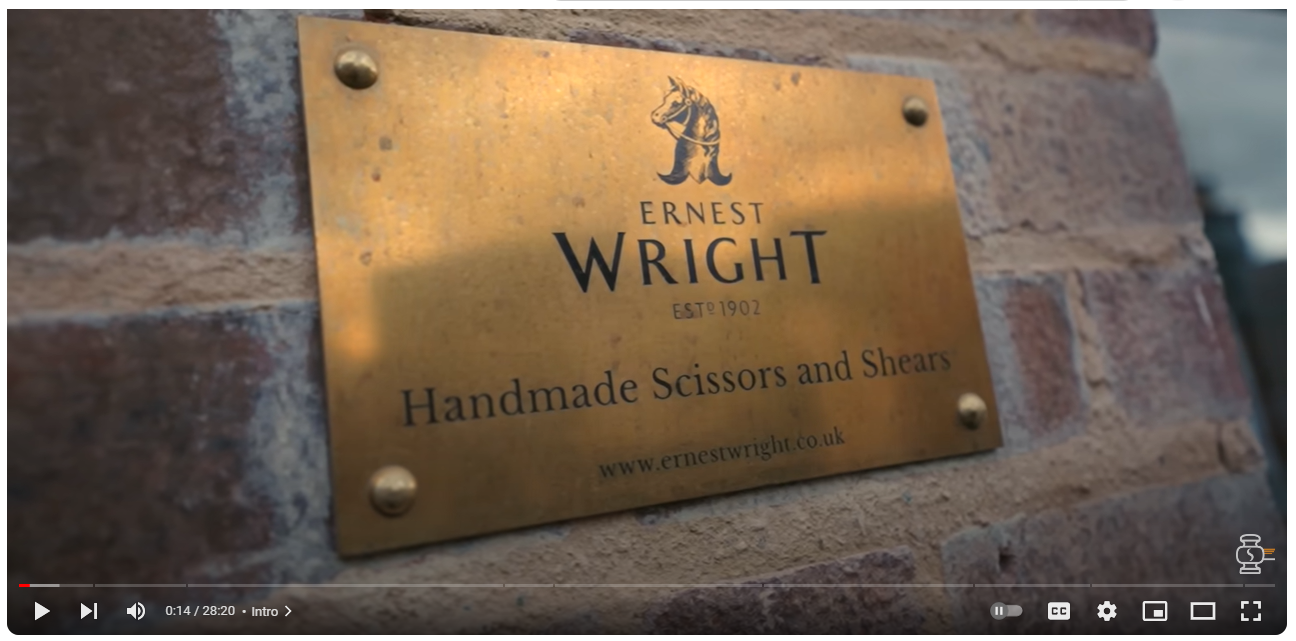
In this amazing factory tour deep dive, Alec Steele walks through the manufacturing process of tailor’s shears at the Ernest Wright factory. The whole process is fascinating and very manual, but the surface grinding machine is just epic. Worth a watch in it’s entirety!
Adam the machinist on dovetails and t-slots
I wanted to highlight this extremely practical perspective on t-slot and dovetail feature design from Adam the machinist. Is it dry…yes. Is it useful in your design practice, definitely. It goes well with this article on waterproof product design from our engineering guide, as well as this reddit thread with design considerations in the comments.
Designer’s Corner
0.1 cc displacement 2 stroke engine
Yes, 1/10th of a cubic centimeter, you read that correctly. This adorable little aircraft engine design is a compression ignition 2 stroke design that was originally designed by Richard Gordon. This build video from jellyfish machine ultimately led me to the extremely web 1.0 wormhole of model engine design and the Alpha 0.5cc Diesel.
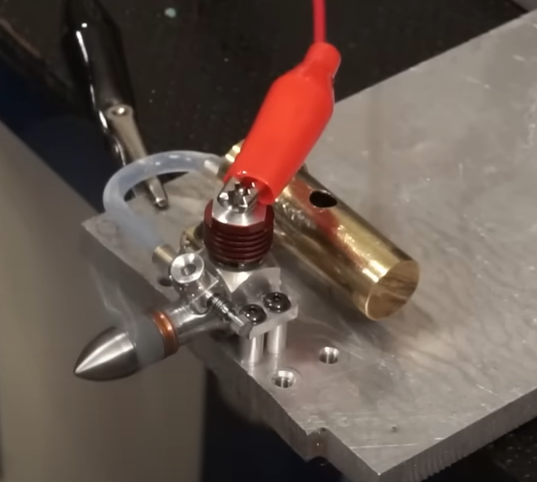
Right now I am building a new home shop and there’s a large part of me that wants to buy a Sherline lathe and just crank out tiny engine parts every weekend. I guess this is the gateway to model railroading in my 60’s? Whatever, I’m ready for it. It was inevitable.
While I was falling down the micro-engine rabbit hole, I found this text on toolmaking which gets a lot of praise from home shop enthusiasts and engineers interested in precision machining.
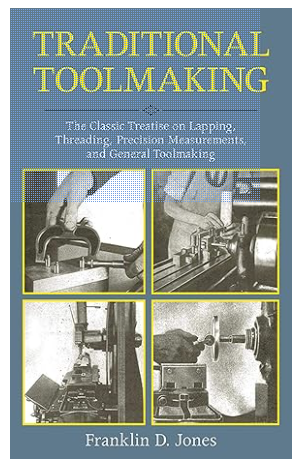
Your mileage may vary, but I have a soft spot for these early 20th century reference texts and I enjoy mining them for little nuggets of timeless wisdom.
If micro engines are your thing and you wanna see someone push the (lower) limits of engine size, check out this micro steam engine from Chronova Engineering. The build video is a personal favorite because he uses a pantograph with 3D printed templates to do the micromachining!
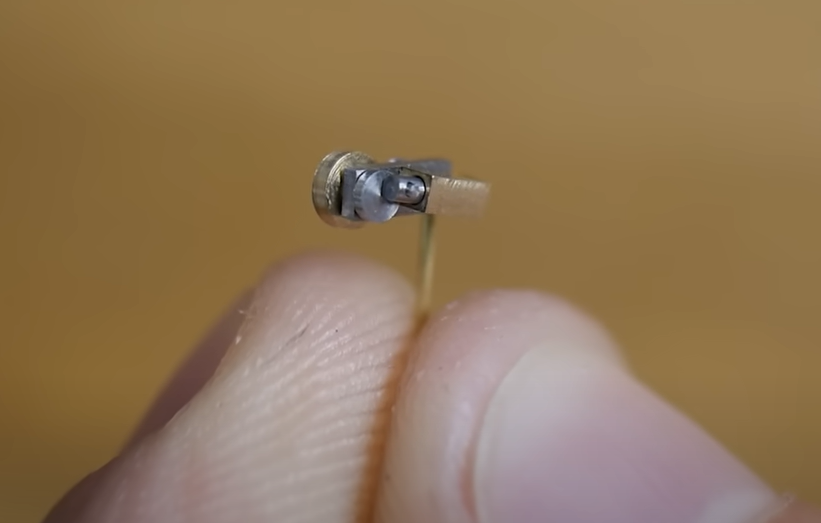
From Text to SpaceShip
This talk from Ryan McClellan goes over how NASA uses AI design tools.
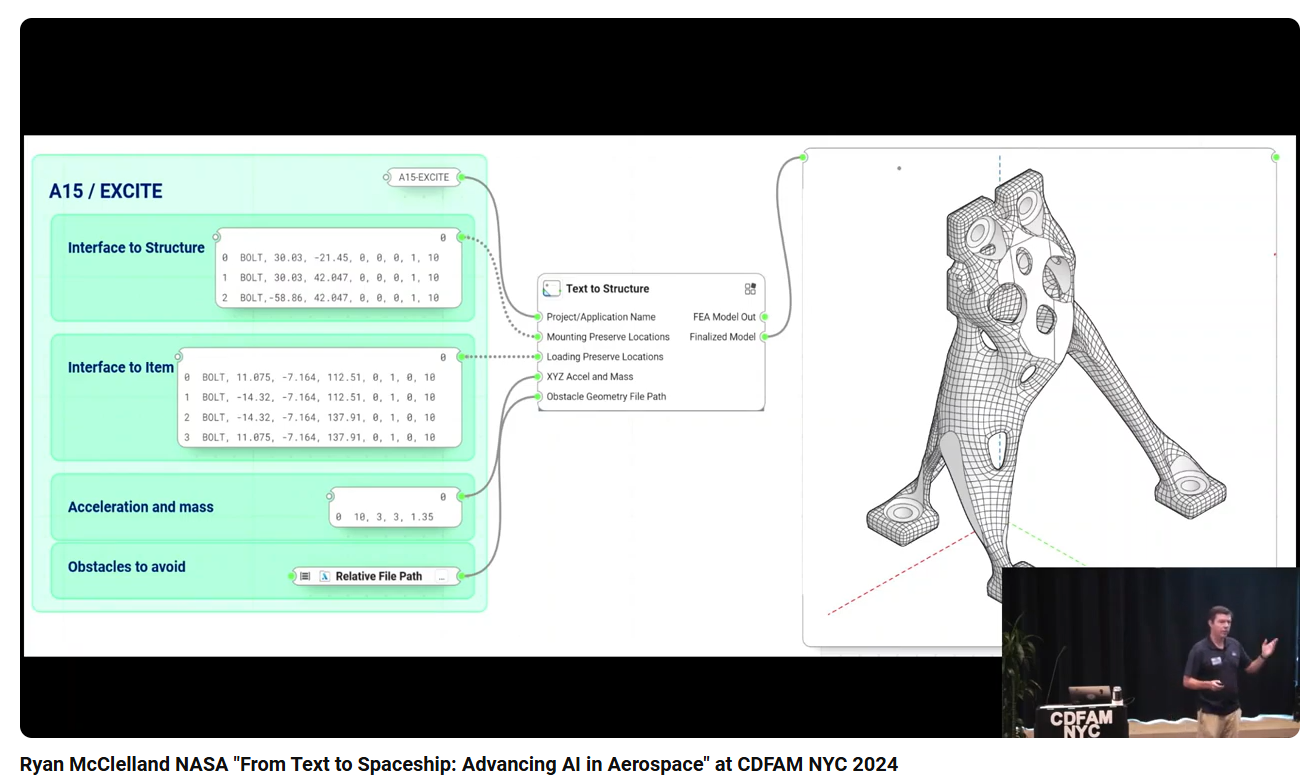
What I love about this video is the “full stack” nature of the AI tool usage that Ryan lays out. Engineering is already a text heavy field, and aerospace folks in particular focus a great deal on written requirements. This data can be used with existing LLMs and topology optimization tools to create optimized space structures from decomposed requirement inputs. It’s very much an MVP demo, but it shows the promise of connecting multiple tools together into a design agent!
Analysis
I wrote a very approachable introduction to Monte Carlo methods for engineers and released it in our engineering guide. This is by far the most powerful analysis method that I’ve used over the years on everything from tolerances, to machine performance sensitivity to optical systems uncertainty analysis. If you learn one ultra nerdy analysis technique I’d recommend the Monte Carlo method.
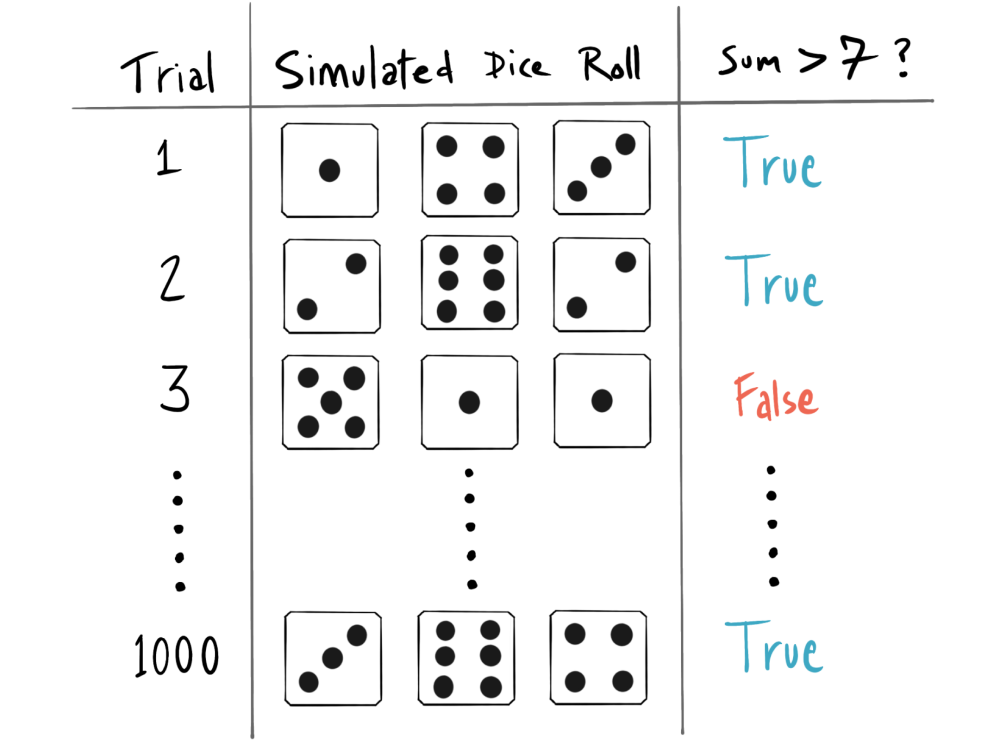
If you really wanna geek out on this, just respond to this newsletter and I’ll send you the first draft of our upcoming Ultimate Guide to Monte Carlo methods which is currently just a google doc.
In case you missed it
We did a really fun teardown on the REEKON T1 Tomahawk digital tape measure: https://www.fiveflute.com/guide/five-flute-reverse-engineering-series-reekon-t1-tomahawk/
I think it’s an incredibly well thought out product, especially given the small development team and fast release schedule they seem to be aiming for. They already developed a follow on product in the T1M Utility which launched recently. So big kudos to the REEKON team, I’m always stoked to feature high level engineering!
That’s it for this issue, thanks for reading and good luck with your hardware projects!
